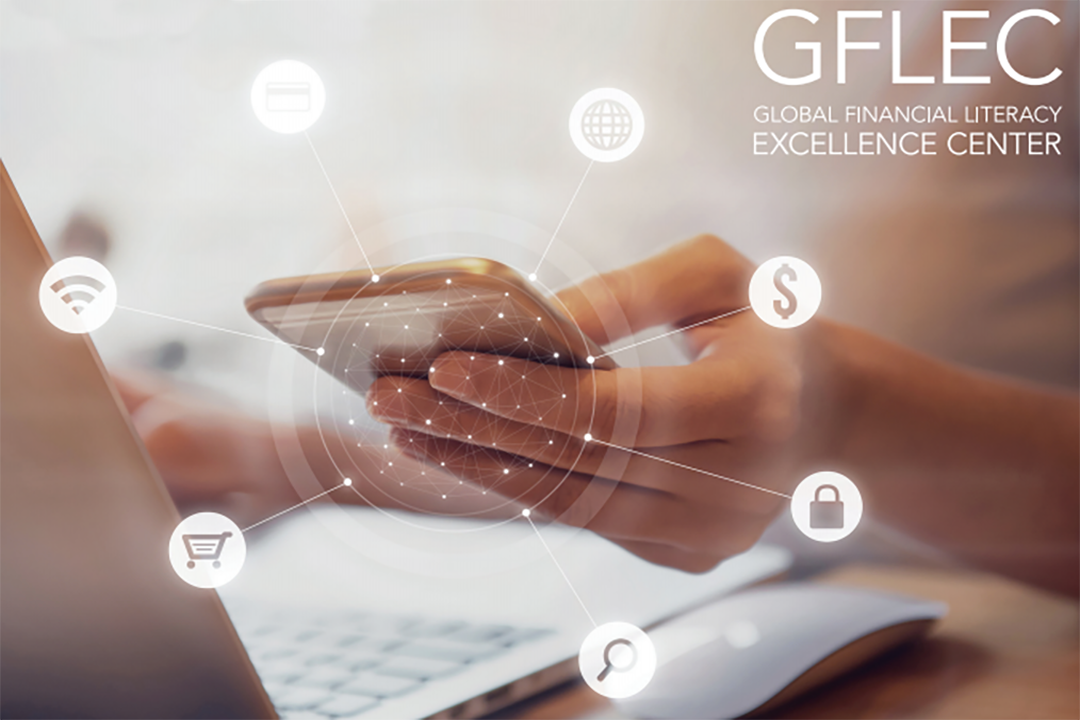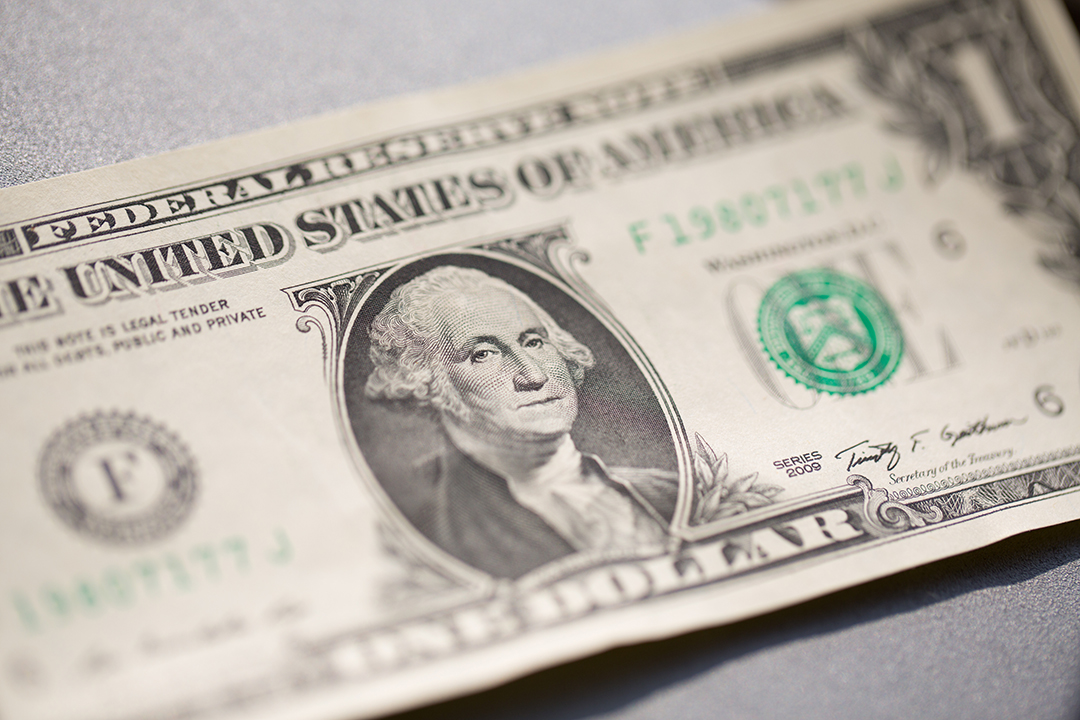Millennials using mobile payments for transactions are more likely to overspend, become subject to credit card fees and use high-interest loan services, according to a study from the Global Financial Literacy Excellence Center (GFLEC) at the George Washington University School of Business.
The study evaluated a data sample of more than 4,000 Americans aged 18 to 34 who reported using their mobile phone to pay for products or services by waving or tapping their phone over a sensor or using a mobile app during checkout.
Former GFLEC Senior Research Associate Carlo de Bassa Scheresberg, former GFLEC research assistant Melissa Avery and Annamaria Lusardi, GW professor and director of GFLEC, examined untapped data from a 2015 National Financial Capability Study and a 2016 GFLEC Mobile Payment Survey in the context of saving, spending and borrowing habits of mobile payment users.
“We can make payments with the touch of a button, but the impact of this rapid innovation is not being examined,” Dr. Lusardi said. “Using data from two surveys, we find striking differences in the financial capability of mobile payment users versus individuals who do not use mobile payments.”
The survey found that, compared to non-users, millennials who use mobile payments are more likely to:
- have almost all forms of debt listed in the survey, including student loans (53 percent vs. 45 percent) and auto loans (34 percent vs. 29 percent)
- have occasionally overdrawn their checking account (33 percent vs. 19 percent)
- have been charged credit card fees in the past year (58 percent vs. 45 percent)
- have made some kind of withdrawal from their retirement account in the past year (37 percent vs. 9 percent)
- have used alternative financial services, such as pawnshops or payday loans, in the past five years (50 percent vs. 23 percent)
Dr. Lusardi said that there is good news and bad news from the results of the survey.
The good news is that the research shows an opportunity for those developing financial technology (fintech) products to target unmet needs.
“Our findings suggest that mobile payment services are attracting segments of consumers with a much broader range of needs than just the convenience of mobile payment services,” Dr. Lusardi said. “These needs—for example, helping to deal with short-term debt or minimizing fees—are opportunities for innovation that can be targeted by [financial technology industry] developers.”
The bad news, Dr. Lusardi said, is that those who use mobile payments are more likely to show poor financial management behavior and are less likely to be financially literate. Financial literacy matters when it comes to using mobile payment methods, she said, because respondents who are financially literate and use mobile payment services are less likely to engage in financial mismanagement.
She added that the advancements in technology provide an additional reason why financial literacy is important and efforts should be made to educate young people on their finances.
“Given the proclivity of young people to use technology for their payments and for their personal finances as well…I think it is very important that we have financial literacy in school in college so that people are better prepared,” Dr. Lusardi said.



